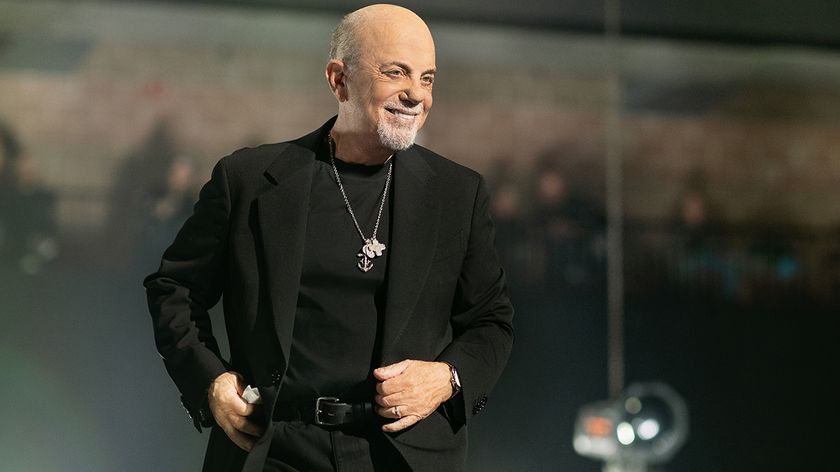MusicRadar basics: introduction to digital pianos
Everything you need to know to get started with digital pianos
MusicRadar basics is brought to you in association with Roland.
Don't forget you can link up with Roland on Facebook and Twitter.
What is a digital piano, and how does it differ to an acoustic piano? An acoustic piano uses hammers to strike a series of strings which vibrate and generate a sound. This is the basis on which many instruments work - violins have strings which vibrate when bowed, guitars have strings which vibrate when plucked and pianos have strings which vibrate when struck. An acoustic piano comes in two styles - a grand piano which you usually see on concert hall stages and an upright or vertical piano which are most common in the home.
Digital pianos have no hammers, strings or any of the moving parts usually found in an acoustic piano. The sound of a world class acoustic piano is digitally recorded or sampled using high quality microphones and then reproduced through amplifiers and speakers each time a key is pressed.
Digital pianos are sometimes incorrectly referred to as electric pianos. Popular with bands in the 1970s, electric pianos used a combination of mechanical and electronic parts to generate their sound.
Digital pianos should also not be confused with keyboards. Often seen as a cheap alternative to a digital piano, a keyboard will have keys that are very light and springy and are often only over a limited 61 or 76 note range. Keyboards are fine for having a bit of fun but not as a serious alternative to an acoustic piano.
There are some key benefits of a digital piano over an acoustic piano. In no particular order...
Get the MusicRadar Newsletter
Want all the hottest music and gear news, reviews, deals, features and more, direct to your inbox? Sign up here.
The volume can be adjusted and headphones can be used. This allows practice where (and when) the sound of the instrument would disturb other people. Some pianos even have twin headphone sockets that allow a parent or teacher to listen in on the student.
An acoustic piano will usually need tuning once or twice a year. A digital piano is maintenance free - there are no hammers and strings to produce sound so there's no tuning required. This also means that they are less sensitive to room climate changes so can be placed against radiators or in basements.
Digital pianos include a huge variety of sounds suitable for playing many different genres of music.
Unlike acoustic pianos which can weigh a lot, a digital piano is significantly lighter which makes it easier to move it around. While their footprint is similar to an acoustic piano, digital pianos are also often half the height of an acoustic piano allowing placement under windows.
Digital pianos will often include features that help the learning process such as a built in metronome for keeping time or a recorder for self-evaluation of your performance. They can also be hooked up to a computer for composing.
And finally, they are generally much cheaper than acoustic pianos allowing you to buy a quality instrument for less money.
MusicRadar is the number 1 website for music makers of all kinds, be they guitarists, drummers, keyboard players, djs or producers...
- GEAR: We help musicians find the best gear with top-ranking gear round-ups and high- quality, authoritative reviews by a wide team of highly experienced experts.
- TIPS: We also provide tuition, from bite-sized tips to advanced work-outs and guidance from recognised musicians and stars.
- STARS: We talk to musicians and stars about their creative processes, and the nuts and bolts of their gear and technique. We give fans an insight into the actual craft of music making that no other music website can.

MusicRadar deals of the week: Score over £400 off PRS and Epiphone guitars, $100 off Yamaha and Roland pianos, and so much more

“For those who think they know Joel’s story, as well as those who are not as familiar, I believe this two-part film is both a revelation and a surprise”: New Billy Joel doc is on the way











